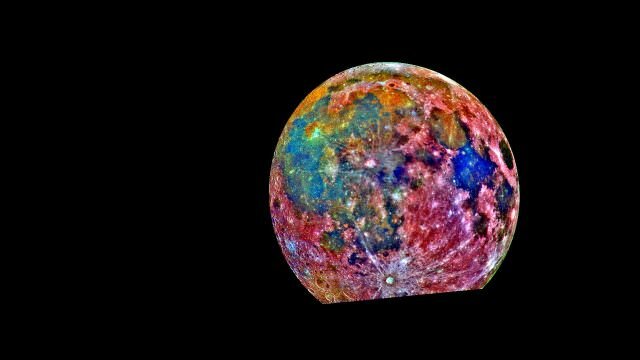Last updated June 21, 2018 at 1:39 pm
Rover shuts down as raging dust clouds blot out sunlight.
Two views from NASA’s Curiosity rover designed to measure the amount of dust inside Gale Crater over a three-day period. The dust is thicker on the other side of the planet where Opportunity is situated. Credits: NASA/JPL-Caltech/MSSS
NASA engineers believe Opportunity rover is out of power as a dust storm cuts it off from enough sunlight to recharge its batteries.
They sent a signal to the 15-year-old rover in Perseverance Valley earlier today, but did not hear back from it. When Opportunity’s batteries dip below 24 volts it enters low power fault mode, in which all subsystems, except a mission clock, are turned off.
The rover’s mission clock is programmed to wake the computer so it can check power levels. If the rover’s computer determines that its batteries don’t have enough charge, it will again put itself back to sleep.
This global map of Mars shows a growing dust storm as of 6 June, 2018. The blue dot indicates the approximate location of Opportunity. Credits: NASA/JPL-Caltech/MSSS
The violent dust storm that has been raging since 30 May, meanwhile continues to intensify.
“By no means are we out of the woods here,” John Callas, the Opportunity project manager at NASA’s Jet Propulsion Laboratory in Pasadena, California, told Associated Press.
“This storm is threatening, and we don’t know how long it will last, and we don’t know what the environment will be like once it clears.”
The rover Opportunity. Credit: NASA
Dust now shrouds a quarter of the Red Planet, an area of some 35-million square kilometres.
NASA is still hopeful Opportunity will survive the storm, but we may not know for months as the dust settles to allow enough sunlight to recharge its batteries.
The twin rovers Opportunity and Spirit were launched in 2003 and landed in 2004 to study Martian rocks and soil. Spirit hasn’t worked for several years but Opportunity has continued to function well past its expected mission lifetime.
The newer Curiosity rover is on the other side of Mars where skies are beginning to darken. But it is nuclear-powered and less likely to be affected.
Education Resource:
No news from Opportunity in Martian mega-storm































































































































































































































































